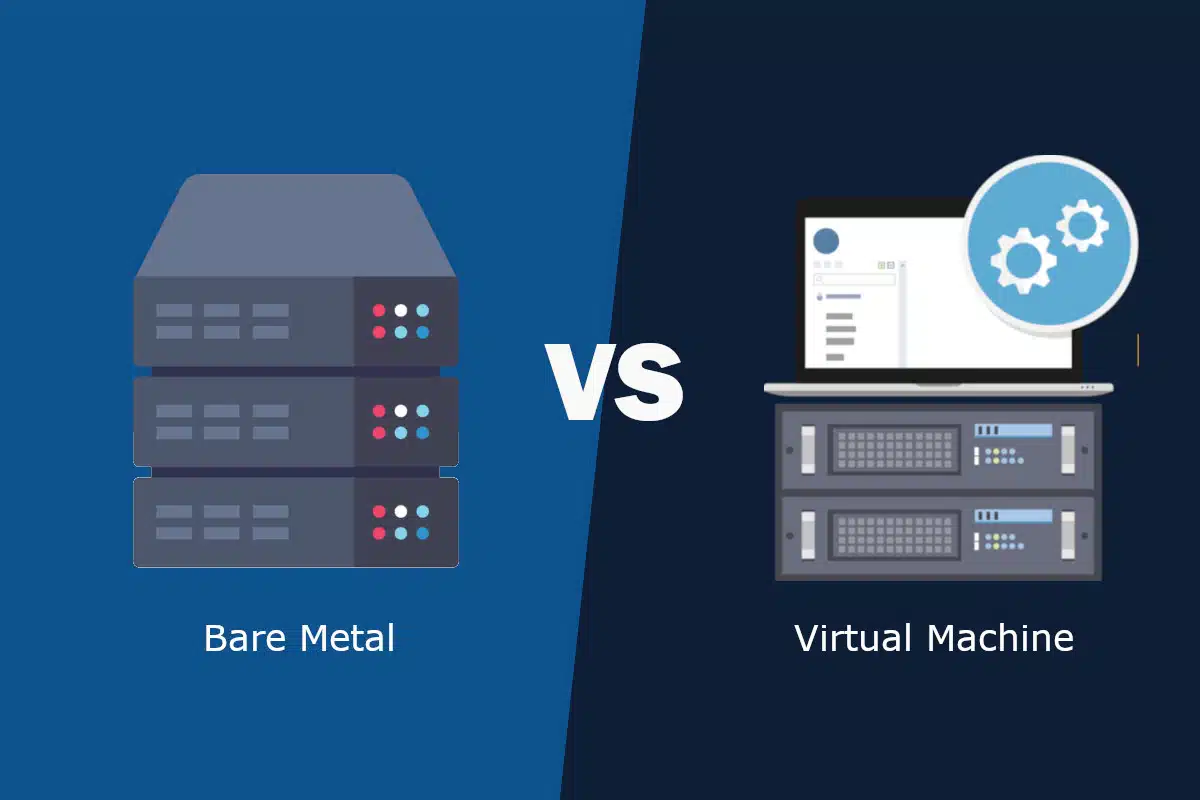Let’s make a feature-by-feature comparison of bare metal versus virtual machines.
A colocation provider can help to address greater visibility, governance, and control compared to the public cloud while still delivering a cloud-like experience by providing:
It’s important to choose the right deployment model based on individual project requirements and the attributes that matter most for your business operations.
If you require a high-performance, secure, controlled environment, then a bare metal server is likely your best option. Evocative Metal can be deployed with the operating system of your choice at data centers located in major metros around the world at an affordable price that won’t severely impact your bottom line.
Evocative Metal seamlessly integrates with your existing IT environment and gives you:
To learn more about how Evocative can help you go to market faster while achieving cost predictability, improving performance, and gaining greater security for your infrastructure, we invite you to
register for a whiteboard session.
